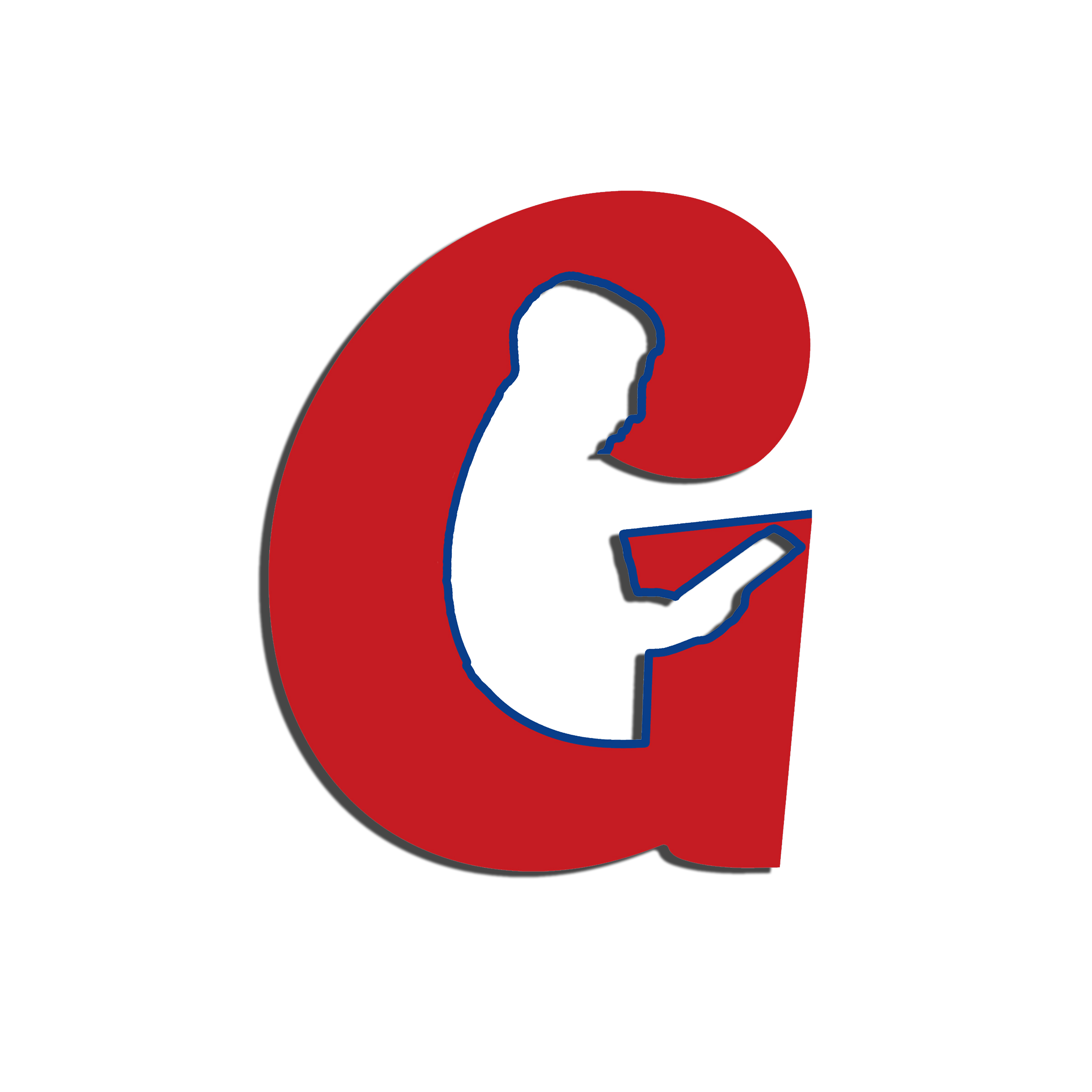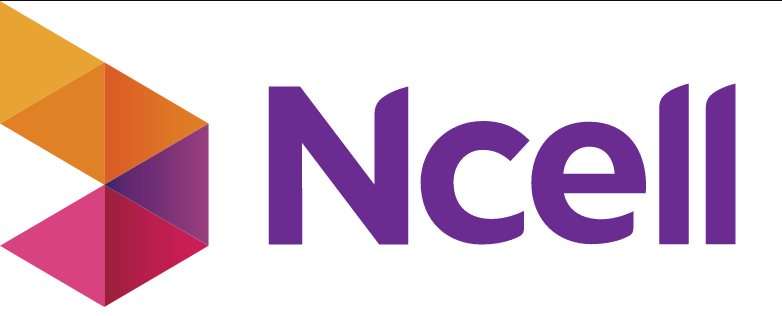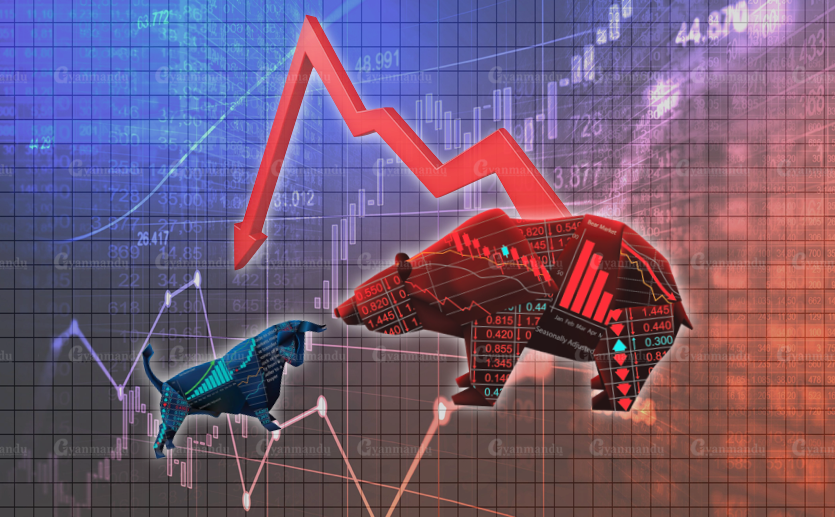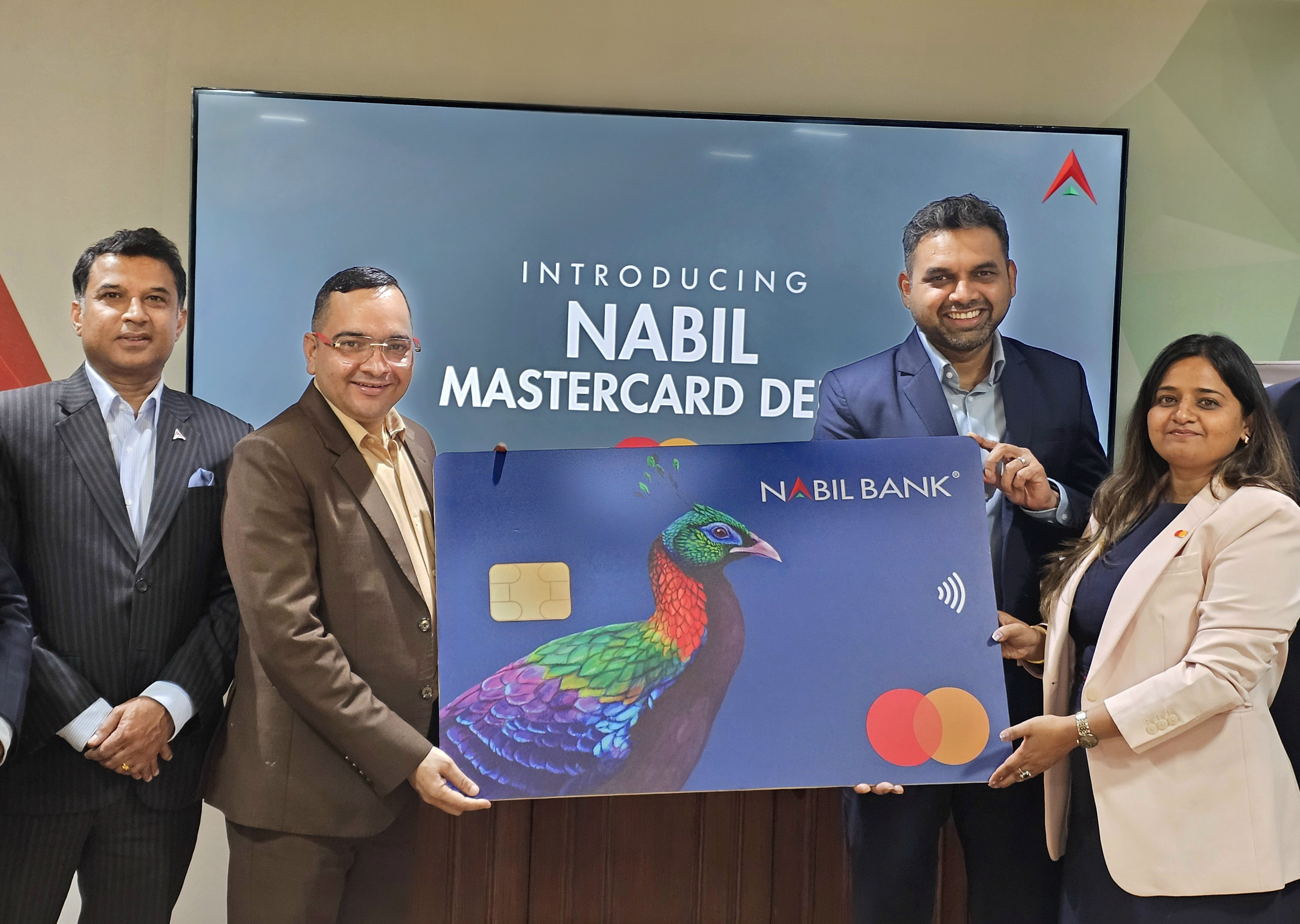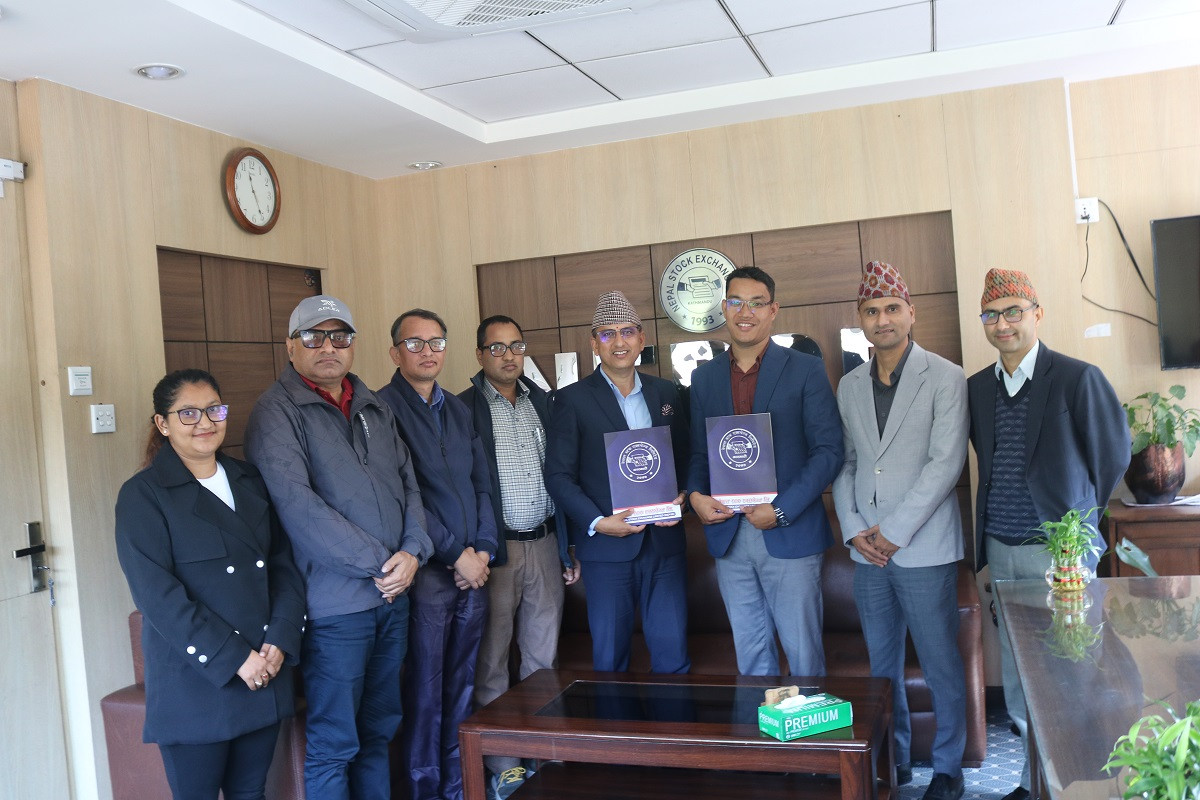Gyanmandu:
 |
| From left, Yann LeCun, Geoffrey Hinton and Yoshua Bengio |
The 2019 Turing Award, known as the “Nobel Prize of computing,” has been given to a trio of researchers who laid the foundations for the current development in artificial intelligence. Yoshua Bengio, Geoffrey Hinton, and Yann LeCun once even called the ‘godfathers of AI’ have been recognized for their work developing the AI subfield of deep learning. The 2019 Turing Award recipients' various engineering breakthroughs made independently and in some cases, together had turned Deep Learning into "a critical component of computing", according to the Association for Computing Machinery.
On Wednesday, the Association for Computing Machinery, the world’s largest society of computing professionals, announced that Drs. Hinton, LeCun and Bengio had won this year’s Turing Award for their work and the contribution on neural networks. The Turing Award, which was introduced in 1966, is often called the Nobel Prize of computing, and it includes a $1 million prize. Over the past decade, the big idea nurtured by these researchers has reinvented the way technology is built, accelerating the development of face-recognition services, talking digital assistants, warehouse robots and self-driving cars. Dr. Hinton is now at Google, and Dr. LeCun works for Facebook. Dr. Bengio has inked deals with IBM and Microsoft.
A neural network is a complex mathematical system that can learn discrete tasks by analysing vast amounts of data. By analysing thousands of old phone calls, for example, it can learn to recognise spoken words. Deep learning involves building computer programs that loosely mimic the structure of animal brains, with many layers of artificial neurons that process data.When such networks digest data, their many neurons have individual responses within each layer. These outputs are passed to the next layer until the network finally forms a decision or judgement about the input. A system such as this can learn, for example, to transcribe human speech or recognise a person's face in different photographs.




